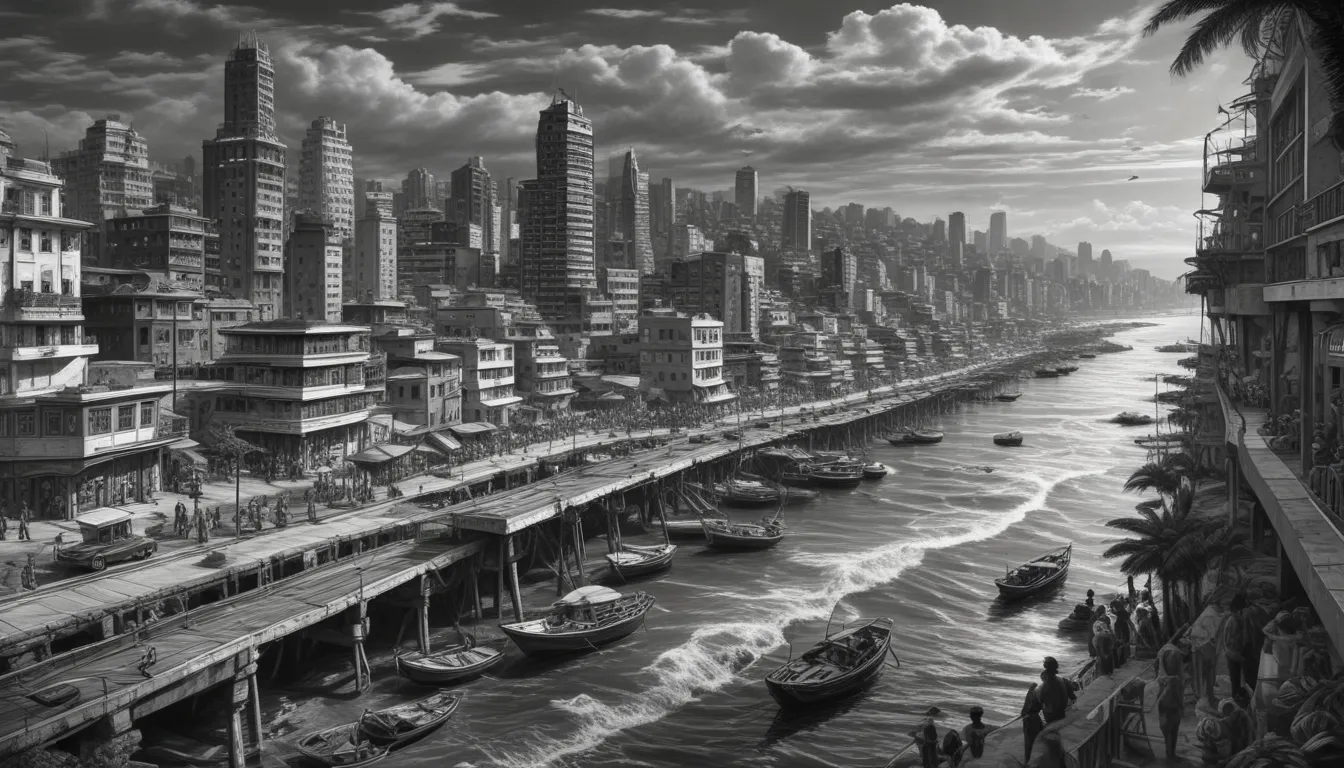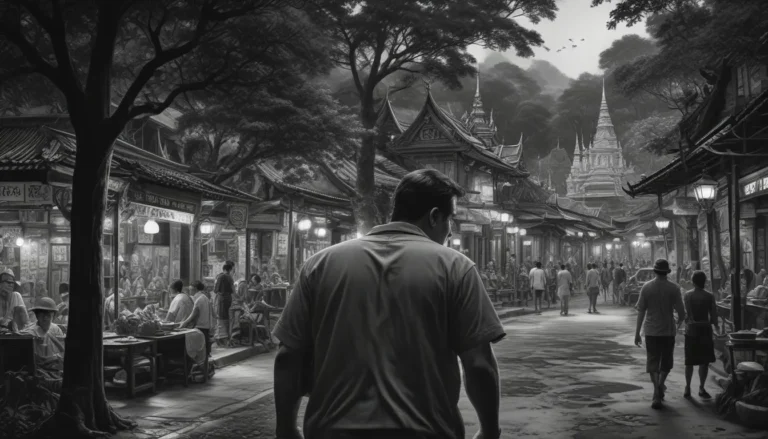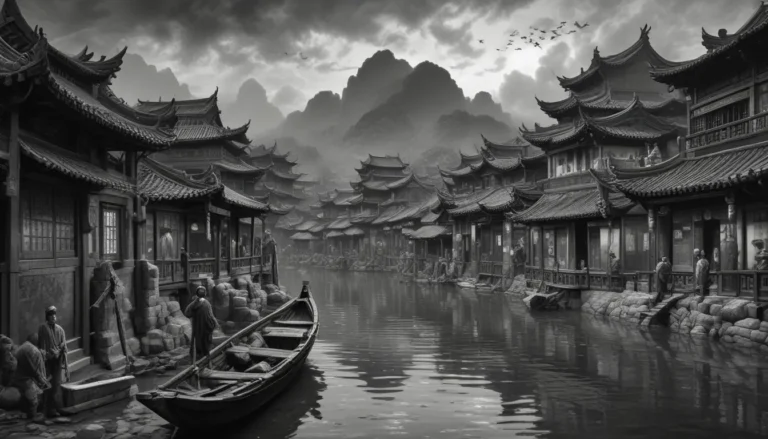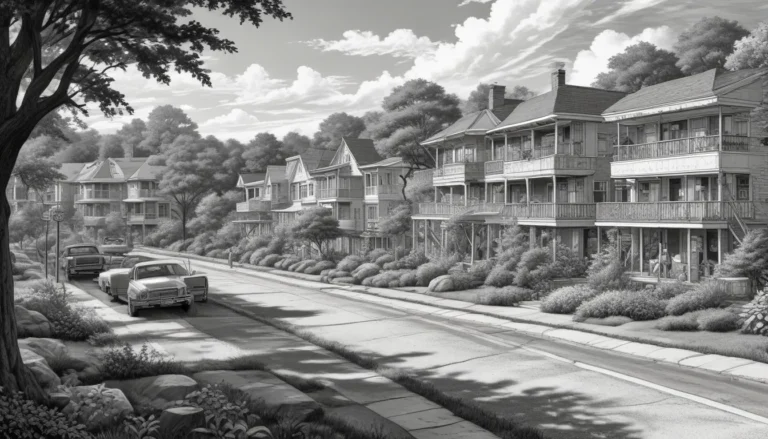The images in our articles are for illustrative purposes only and may not exactly match the content. They are intended to capture your interest and complement the text, not to replace it.
Welcome to Luanda, the vibrant capital city of Angola, situated on the western coast of Africa. This bustling metropolis is a melting pot of cultures, rich in history, and offers a unique blend of architecture, cuisine, and traditions. With its warm climate, stunning beaches, and friendly locals, Luanda provides an immersive experience into the heart of Angolan life. Let’s explore 37 fascinating facts about Luanda that will pique your curiosity and inspire you to discover this African gem.
Unveiling Luanda: A City of Contrasts
Luanda is a city of contrasts, where a booming economy coexists with pockets of poverty. Founded in 1575 by the Portuguese explorer Paulo Dias de Novais, Luanda has flourished into a vibrant urban center with a population of over 8 million people. Its distinct blend of African, Portuguese, and Brazilian cultural influences is reflected in its architecture, cuisine, music, and art.
Embracing Diversity: Luanda’s Cultural Tapestry
Luanda is a city rich in cultural heritage, with Portuguese as the official language spoken among the local population. The city’s music and dance scene is vibrant, with genres like kizomba and semba deeply rooted in Angolan culture. Luanda is also home to the National Slavery Museum, a poignant reminder of the region’s history and the impact of the Atlantic slave trade.
Exploring Landmarks: From Fortresses to Skyscrapers
Luanda boasts a diverse range of attractions, from historical landmarks like the Fortress of São Miguel to modern skyscrapers symbolizing the city’s economic growth. The city’s bustling culinary scene offers a wide variety of local and international cuisines, while its vibrant street art culture adds a creative flair to the urban landscape.
Engaging Experiences: Markets, Nightlife, and Festivals
The city’s bustling markets, lively nightlife scene, and annual Carnaval de Luanda festival provide unforgettable experiences for visitors. Luanda’s street food culture offers delicious and affordable options, while its well-developed transportation system makes getting around the city convenient. The Mausoleum of Agostinho Neto stands as a symbol of national pride, showcasing the city’s historical significance.
Capturing the Spirit of Luanda: Fashion, Sports, and Community
Luanda’s vibrant fashion scene, rich literary heritage, and love for sports contribute to its dynamic cultural landscape. The city’s diverse community often gathers in communal spaces to socialize and celebrate together. Luanda’s colorful street parades and cultural events showcase the spirit and energy of this evolving city.
Looking Ahead: A City of Innovation and Change
As one of Africa’s fastest-growing cities, Luanda continues to attract investment and development, shaping its future as a thriving hub of technology and innovation. With a strong sense of community and a rich cultural heritage, Luanda embraces change while preserving its unique identity.
Conclusion: Discovering the Magic of Luanda
In conclusion, Luanda is a city that captures the imagination with its rich history, cultural diversity, and vibrant city life. From its stunning beaches to bustling markets and welcoming people, Luanda offers a blend of modernity and tradition that appeals to visitors from all walks of life. So, pack your bags and explore the wonders of Luanda, a city that never fails to impress with its charm and allure.
FAQs: Unveiling Luanda’s Essentials
- Population: Luanda has an estimated population of around 8 million people.
- Language: The official language of Luanda is Portuguese.
- Currency: The official currency used in Luanda is the Angolan kwanza (AOA).
- Safety: While improvements have been made, it is advisable to take precautions in Luanda, especially in crowded areas or at night.
- Weather: Luanda has a tropical climate with warm temperatures year-round.
- Attractions: Popular attractions in Luanda include the Fortaleza de São Miguel, the Mausoleum of Agostinho Neto, and the Ilha de Luanda.
- Transportation: Options include taxis, “candongueiros” (minivans), and rental cars.
- Best Time to Visit: The dry season from May to October offers pleasant weather with minimal rainfall.
- Local Dishes: Popular dishes in Luanda include Moamba de Galinha, Calulu, and Funge.
- Day Trips: Nearby options include Kissama National Park, Kwanza River, and Mussulo Peninsula.
Explore Luanda’s captivating blend of cultures, stunning beaches, and vibrant city life. For more fascinating insights, discover facts about Angola and Jerusalem, and delve into the diverse landscapes and histories that shape these dynamic destinations. Join us in celebrating the magic of Luanda and its enduring allure.






